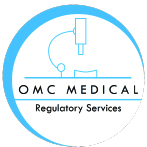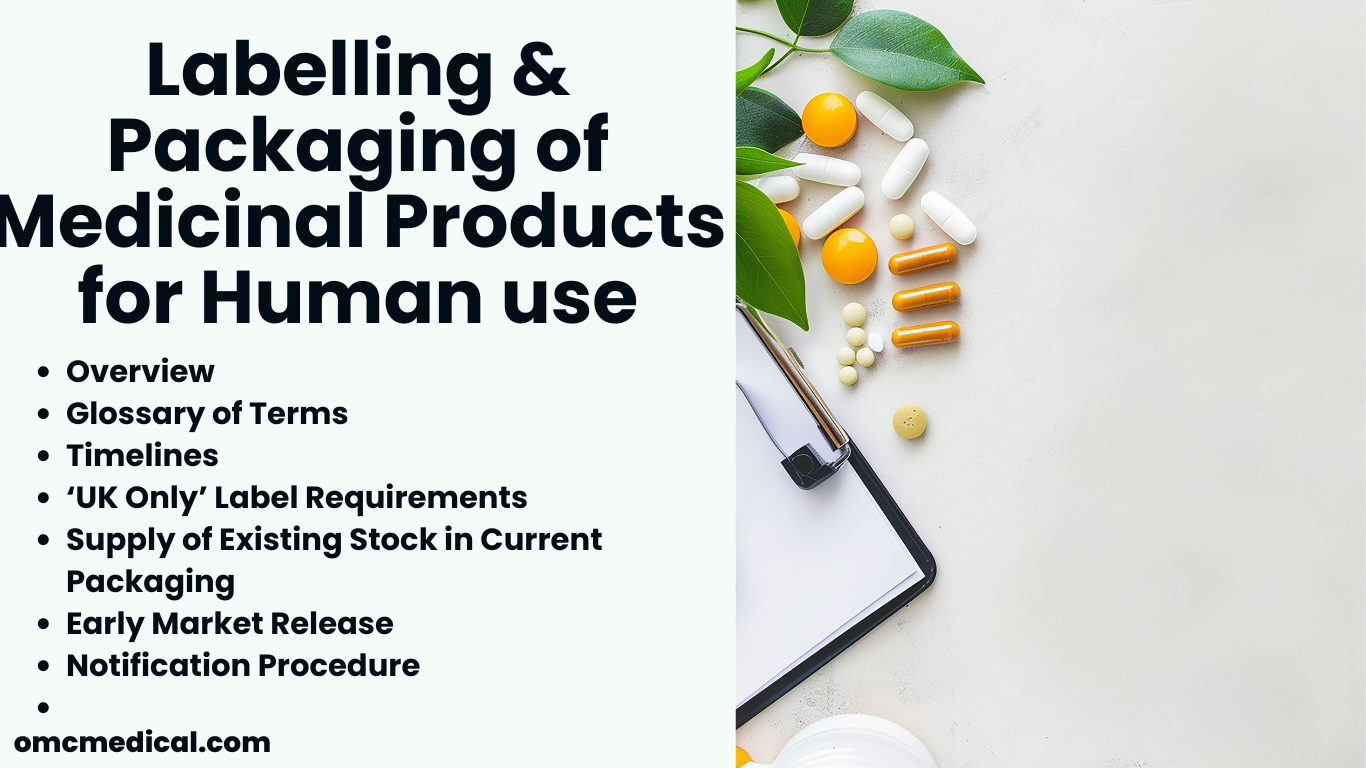What is ISO?
ISO – International Organization for Standardization, is the international, non-governmental body for drafting and establishing technical and non-technical standards.
These standards are developed by different committees within the International Organization for Standardization. Having around 165 member states, with one representative from each, International Organization for Standardization is a global entity catering to the needs of industry requirements.
Are ISO standards important?
The International Organization for Standardization medical device standards are the Bible for many countries, especially ones which do not have predefined regulations or processes.
For regulated countries, in addition to their respective regulations and guidance, ISO standards are also preferred. The most popularly referred ISO standard is the ISO 13485:2016 Medical devices — Quality management systems — Requirements for regulatory purposes.
In addition to general standards, ISO also publishes product-specific guidance such as for Implants, Orthopedic, Medical Electric Equipment, and many more.
Global International Organization for Standardization Requirements
In Europe, the European Commission has the Medical Device Regulation MDR 2017/745 and In-vitro Diagnostic Device Regulation IVDR 2017/746.
These regulations provide a detailed framework for introducing a medical device in the European market. However, in addition to that, certain International Organization for Standardization may also be referred to for ensuring a better-quality product.
Some of the many popularly used standards include:
- ISO 14971:2019 Medical Devices – Application of Risk Management to medical devices
- ISO 15223-1:2021 Medical devices – Symbols to be used with information to be supplied by the manufacturer – Part 1: General requirements
- IEC 60601-2-83 Medical electrical equipment – Part 2-83: Particular requirements for the basic safety and essential performance of home light therapy equipment
- IEC 60601-1 Medical electrical equipment – Part 1: General requirements for basic safety and essential performance
The European Commission also has Harmonized Standards, developed by European Standards Organization CEN, CENELEC, or ETSI, per the international standards.
It provides a list of the applicable harmonized standards for enhanced product safety and quality.
In the USA, the US Food and Drug Administration (FDA) has a Code of Federal Regulations (CFR) and Guidance.
- CFRs are legally binding. Manufacturers must comply with the requirements of CFR
- The guidance provides Agency’s thinking on regulatory issues. They are NOT legally binding
In addition to these, the FDA also accepts certain recognized consensus standards from different organizations such as International Organization for Standardization, CLSI, ANSI, IEC, CEN, etc.
These standards may be used to justify a Declaration of Conformity for a product. The widely accepted medical device International Organization for Standardization are, but are not limited to:
- ISO 10993 – Biological Evaluation for Medical Devices
- ISO 14160 – Sterilization of Healthcare Products
- ISO 11737 – Sterilization of Medical Devices
In Canada, the Standards Council of Canada (SCC) is the International Organization for Standardization member body. Similar to the US FDA, the Therapeutic Products Directorate (TPD) of Health Canada periodically releases a list of acceptable international or national standards for medical devices.
Manufacturers can use these recognized standards in conjunction with the Health Canada’s Medical Devices Regulations (SOR-98/282) and the Guidance Documents, to prove product conformity and safe use in the market.
China‘s National Medical Products Administration (NMPA) is developing indigenous standards that more closely align with those of ISO. Biocompatibility testing is one avenue where the scope and requirements for China are more than that of the US/EU.
Hence, NMPA has developed various biocompatibility testing standards which are to be used in addition to the International Organization for Standardization standard.
For the rest of the world’s medical device industry,
- India encourages International Organization for Standardization certification for all its industries. The medical sector must be International Organization for Standardization 13485 compliant while the pharmaceutical sector must be ISO 9001 compliant for Quality Management Systems, in addition to other relevant and applicable International Organization for Standardization.
- Japan’s The Japanese Industrial Standards Committee (JISC) is an International Organization for Standardization member body. The regulatory authority, Pharmaceutical and Medical Device Agency (PMDA) revised its Ordinance No. 169 in 2021 to closely align with the International Organization for Standardization 13485:2016 standard. The transition period is 3 years and must comply by March 25, 2024
- For the Korean regulatory authority, aligning the requirements of Korean Good Manufacturing Practice (GMP) to that of International Organization for Standardization 13485:2016 is believed to be a step closer to entering the Medical Device Single Audit Program (MDSAP)
- Russia’s Federal Service for Surveillance in Healthcare (Roszdravnadzor) is known to accept International Organization for Standardization 13485:2016 certification. Information on acceptance of other International Organization for Standardization cannot be confirmed. It does not accept market approvals in the US, EU, or other countries as a reference for market authorization in Russia
- Australia’s Standard Australia is a member of the International Organization for Standardization, IEC, and ICSID. It strongly encourages the use of international standards, except where their use is ineffective or inappropriate and does not develop any national Australian standard for which there is already an international standard in existence. In 2019, TGA published Therapeutic Goods (Conformity Assessment Standard for Quality Management Systems) Order 2019 which provides a list of applicable conformity assessment standards.
- Brazil’s ANVISA accepts Good Manufacturing Practices (GMP) along with the International Organization for Standardization 13485
FAQs
Can QMS be established solely based on ISO standards?
For countries that do not have their own QMS regulations, the ISO standard can be used as a reference. For countries with established local regulations, and that accepts ISO, both ISO standard and local/national regulations must be considered.
Are ISO standards freely available?
No. ISO standards are available for purchase from the ISO official website. However, they do have FREE read-only formats available.
Comparing ISO standards to local regulations, which one takes precedence?
The local or national regulation always takes precedence over the ISO standard.
Can the manufacturer use an older version of an ISO standard for compliance?
No. Manufacturers must make sure they comply with the active or most recent version of the ISO standard. This is not restricted just to ISO standards but applies to National regulations too. Manufacturers must keep their QMS up to date with the latest requirements of the industry. The ideal way to be updated is to refer to the latest version of any Standard or Regulation.
Disclaimer: Regulations/legislations are subjected to changes from time to time and the author claims no responsibility for the accuracy of information.









